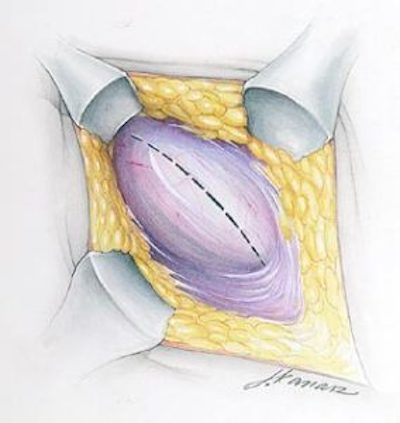NON-MESH Hernia Repair – The Updated Shouldice Technique

The widespread use of polypropylene mesh use has unmasked the disastrous complications that result from the intense inflammatory properties of this type of mesh. One of the most common is chronic pain, with an incidence as high as 50% as reported in a number of clinical studies. Ultimately, many of these patients are forced to undergo additional surgery to remove the mesh. Other reported complications of this mesh use is migration of the mesh into the intestines and bladder, entrapment of the spermatic cord causing severe testicular pain and stiffness of the abdominal wall due to scarring. Treatment of these complications requires additional surgery.
The Shouldice Method of hernia repair was developed in Canada in 1945. This technique of repair uses no mesh as it is based on a tissue repair. Reports from Shouldice Clinic in Canada have consistently documented failure rates under 1%, which has made the Shouldice Technique the gold standard in hernia surgery. The procedure is done with a “twilight” anesthesia (sedation), as opposed to general anesthesia used in other repair methods.
Dr. Grischkan developed the updated Shouldice Repair to incorporate newer technology and improve long term satisfaction. The Shouldice Clinic continues to perform the same repair technique using a thin gauge wire suture for the past 75 years. However, reports of hernia repair failures due to stress fracturing of this inflexible wire have been reported. Eliminating the wire and using instead a “stretchy” suture avoids this problem. Some of the other modifications practiced at the Hernia Center of Ohio focuses on avoiding complete division of the cremaster muscle and preserving the genital nerve instead of dividing it. While these are minor modifications, they can have an outsized impact on long-term patient satisfaction.